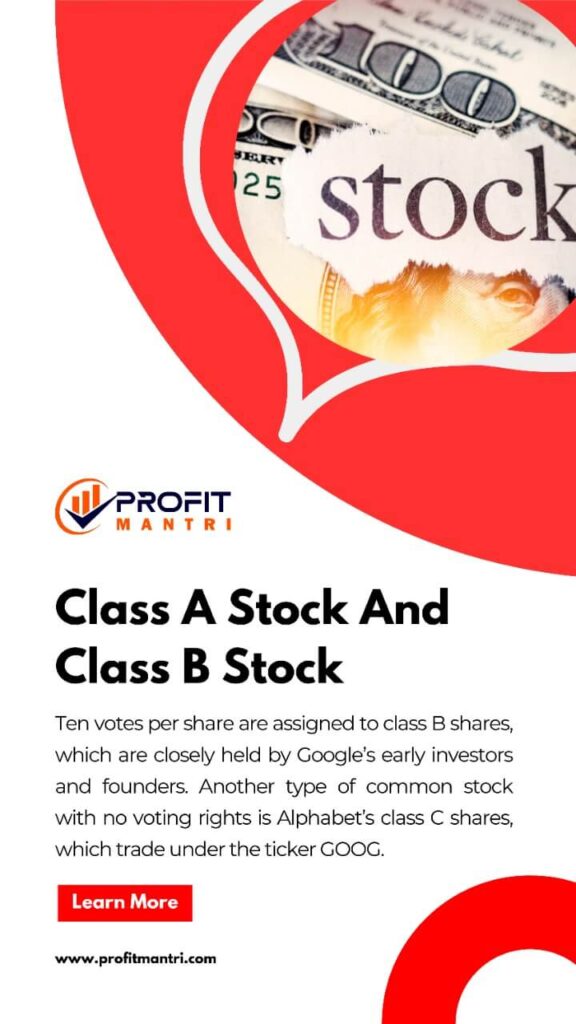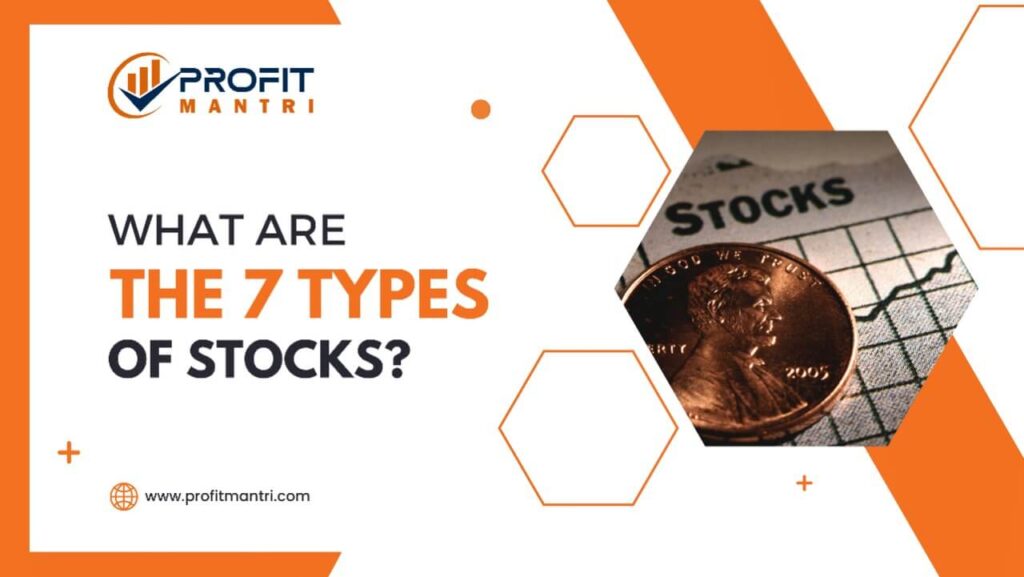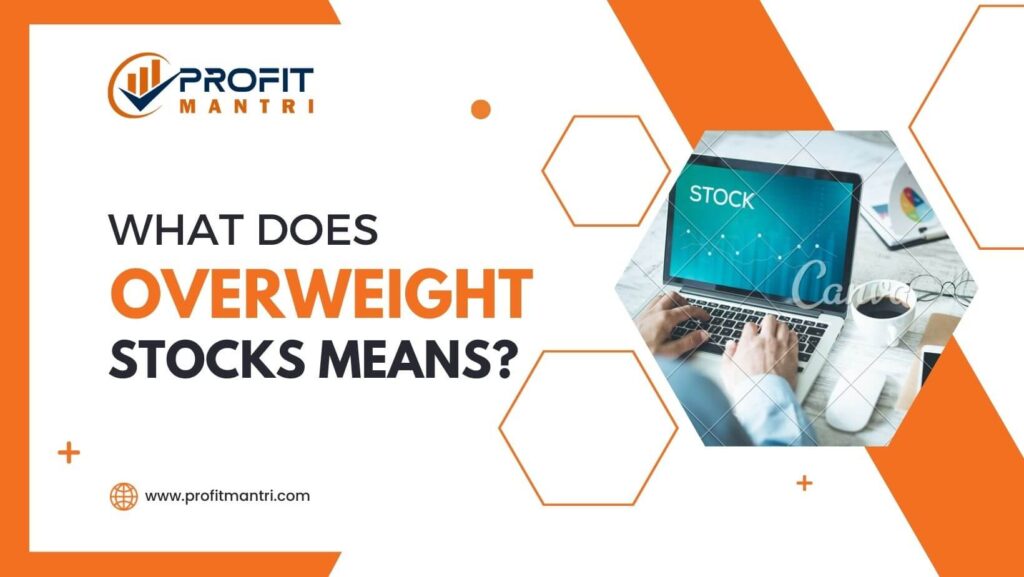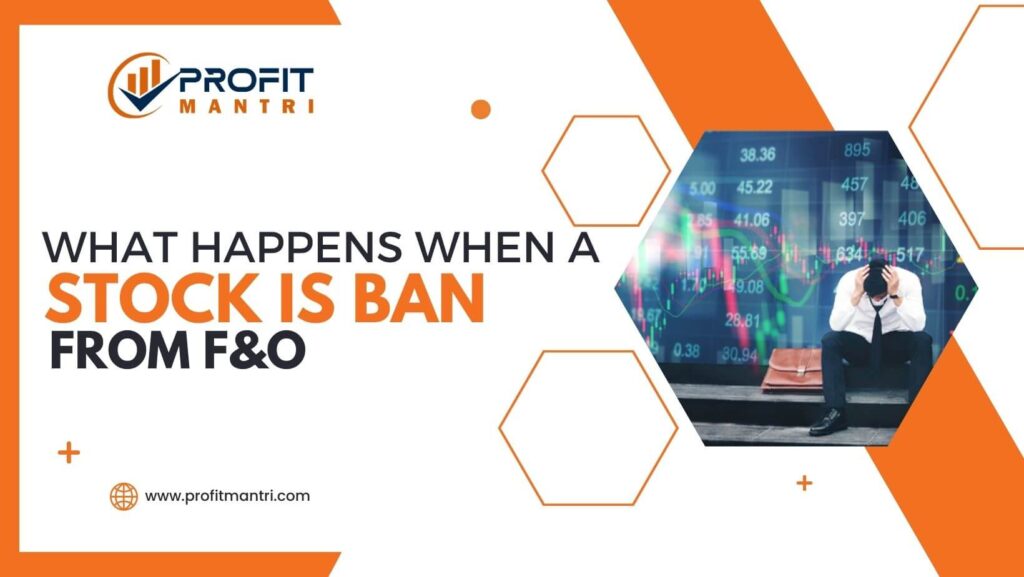The fundamental building blocks of investing are stocks. Here is everything you need to know about the various types of stocks, whether you want to buy individual stocks or invest in mutual funds and exchange-traded funds (ETFs) that own the shares of many companies.
Here Are The Different Types of Stocks to Invest in the Stock market
Common Stock
The term “stock” is almost always used by investment professionals to refer to common stock. Common stock is the most fundamental type of stock issued by publicly traded businesses—more on that below. As a matter of fact, by far most of the stock given by organizations is normal stock.
At a company’s annual meeting, you have the right to vote on board members and other corporate issues if you own common stock. Usually, one share is equivalent to one vote. A financial backer holding five portions of Organization ABC, for instance, would just have five votes — undeniably under a mutual fund that possessed 30% of the organization, which could add up to a huge number of offers. However, non-voting common stock is an option.
Assuming the organization performs well, the sky’s the breaking point for normal stock with regard to gains from cost appreciation. A few normal stocks likewise deliver ordinary profits, however, payouts are rarely ensured. Common stock has one drawback: shareholders are last in line to be compensated in the event of a company’s bankruptcy.
Did You Know: What are the illiquid stocks?
Preferred Stock
Common stock is common in all public companies; preferred stock, on the other hand, is only issued by a select few. In a single security, this kind of stock combines some of the benefits of common stocks and bonds.
In addition to the opportunity for price appreciation that comes with common stock, preferred stockholders also receive guaranteed dividends. If a company pays dividends on its common stock, the dividend on its preferred stock may very well be higher. Additionally, shareholders of preferred stock are more likely to be compensated in the event of the company’s insolvency.
Another distinction is that the issuing company has the option to buy back preferred stock at any time, which, according to investment experts, makes the stock “callable.” Additionally, shareholders might be able to exchange their preferred stock for common stock. However, the lack of voting rights enjoyed by preferred stockholders is its primary drawback.
Pro Tip: Always Stay away from operators driven stock. What are operators in the stock market?
Class A Stock And Class B Stock
Multiple stock classes are issued by some businesses. Classes of stock, such as class A stock and class B stock, are denoted by letters. The most well-known justification for an organization to give separate classes of stock is to give key financial backers more command over the organization’s undertakings.

In practice, it works as follows: One kind of share, class A stock, for example, would only be given to founders of the company or key executives. The general public would have access to class B stock, a different kind of stock. Class A stock could have multiple times the democratic power as class B stock, giving insiders tight command over the organization’s business.
Google’s parent company, Alphabet Inc., is a good illustration of a public company with multiple stock classes. Class A shares of Alphabet, listed under the ticker GOOGLE, are shares of common stock with one vote each. Ten votes per share are assigned to class B shares, which are closely held by Google’s early investors and founders. Another type of stock available common stock with no voting rights is Alphabet’s class C shares, which trade under the ticker GOOG.
Check Also: What Does Overweight Stock Mean?
Large-Cap Stock
Past the various types of stocks given by open organizations, stocks might be classified by market capitalization, or market cap. Multiplying the total number of outstanding shares by the current stock price yields this value measurement.
Large-cap stocks are public companies in the United States with a market capitalization of at least $10 billion. Investors benefit from greater stability and lower risk thanks to the large-cap companies’ considerable size and influence over markets, which frequently outperform smaller businesses in their ability to weather market disruptions and volatility.
Growth Stocks
Companies that are expanding their revenues, profits, share prices or cash flows at a faster rate than the market as a whole are considered growth stocks. Seeing a significant price increase over time is the objective of investing in growth stocks. Growth stocks, on the other hand, are more susceptible to volatility because these businesses are more likely to take risks in order to achieve growth.
Growth businesses may not pay dividends and instead reinvest their profits in the company. Although many growth stocks are owned by newer, smaller businesses, this is not always the case. Growth businesses, on the other hand, frequently place a strong emphasis on innovation and industry disruption.
Value Stocks
Another type of stock or shares of companies that are on sale is called value stocks. To put it another way, value stocks are solid businesses whose stock prices are too low. Value investors look for companies in the value stock category, buy shares of those companies, and then wait for the market as a whole to realize their true worth.
Value investors, among other things, look for businesses with a low price-to-book ratio or low P/E ratio to find these shares. Stocks that appear to be doing well based on these typical ratios for investment analysis may have seen their share prices fall as a result of broader market developments that were unrelated to specific changes in the businesses or industries they are in.
International Stocks
International stocks are the types of stocks or shares in companies based outside of your home country are known as international stocks. Due to the fact that they are influenced by various market forces, investing in international stocks provides more diversification than is possible with a U.S.-based stock portfolio.
Investors may be able to gain access to economies growing at a faster rate and different risk-return patterns by purchasing international stocks. International stocks can also protect you from the U.S. dollar losing its purchasing power.












